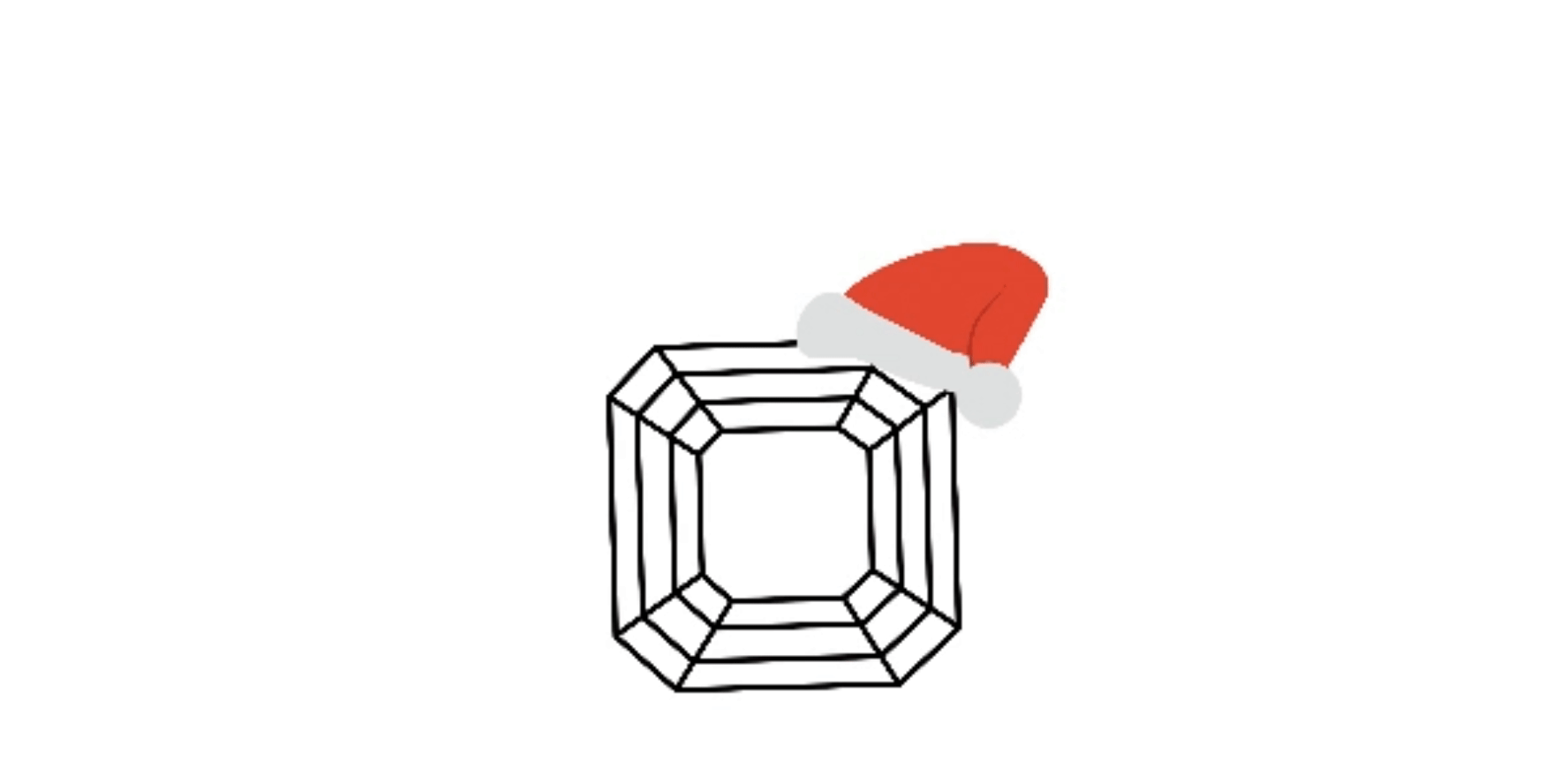The Rise of Lab Diamonds in 2025: Lab-Grown vs. Natural Explained
- Michelle Macias
- Jun 17
- 2 min read
Updated: Jul 8
Diamonds have long been prized for their sparkle and symbolism. In 2025, lab-grown diamonds are no longer a novelty—they’re a mainstream option. Below is an unbiased look at why these gems are surging this year and how they compare to earth-mined stones, including GIA-graded and conflict-free natural diamonds.

What’s Fueling the Lab-Diamond Surge?
Lower Production Costs: Advances in CVD and HPHT processes have cut lab-grown prices by roughly 25–40% since 2020.
Sustainability & Ethics: Lab-grown diamonds boast a smaller land and water footprint. Natural diamonds rely on “conflict-free” policies and GIA certification to guarantee ethical mining, but still involve large-scale excavation.
Design Freedom: Jewelers leverage lab-grown diamonds to offer bespoke cuts and larger carats at a lower cost.
Origins: Lab vs. Earth
Aspect | Lab-Grown Diamonds | Natural Diamonds (GIA-Certified) |
Formation | Weeks in a controlled laboratory | Billions of years under Earth’s crust |
Environmental Impact | Minimal land disturbance; energy-dependent | Mining footprint; regulated by conflict-free protocols |
Traceability | Full “birth certificate” | GIA grading plus origin guarantees |
Side-by-Side Comparison
Chemical & Optical Properties: Both are pure carbon crystals (Mohs 10) with identical brilliance and fire. Only specialized lab equipment reveals their growth differences.
Pricing & Resale
Lab-Grown: 20–40% less than equivalent GIA-graded natural stones, but lack an established resale market—most retailers won’t buy them back.
Natural: Command a premium for rarity; GIA grading and conflict-free certification underpin stronger resale value.
Ethical Considerations
Natural: The Kimberley Process and GIA reports ensure stones are conflict-free, yet mining impacts local ecosystems and communities.
Lab-Grown: Offer transparent supply chains and minimal land use; carbon footprint depends on the lab’s energy source.
How to Decide
Budget & Size
Choose lab-grown for the largest carat at your budget, accepting that there is no resale value.
Opt for natural GIA-certified diamonds if you seek long-term value retention.
Ethics & Sustainability
Lab-grown aligns with eco-minded values and a low physical footprint.
Natural diamonds with strong conflict-free credentials carry historical cachet.
Emotional & Cultural Significance
Natural diamonds embody Earth’s ancient story—ideal for heirlooms.
Lab-grown diamonds symbolize modern innovation and conscious choice.
The Bottom Line
2025 marks a turning point: lab-grown diamonds have entered the mainstream, offering cost savings and sustainability. However, they do not hold resale value like GIA-certified natural diamonds, which remain unmatched for heritage and long-term investment. Your best pick depends on whether you prioritize price, ethics, potential resale, or timeless tradition—either way, both gems shine bright. At the end of the day it is your choice, and at J&M we specialize in custom designs with both Lab and Natural Diamonds.
Ready to find the perfect diamond for your story?
Explore our curated collections of both lab-grown and GIA-certified, conflict-free natural diamonds at J&M Jewelry, and visit our Custom Design Page to create a unique piece with the Diamond of your choosing!















































